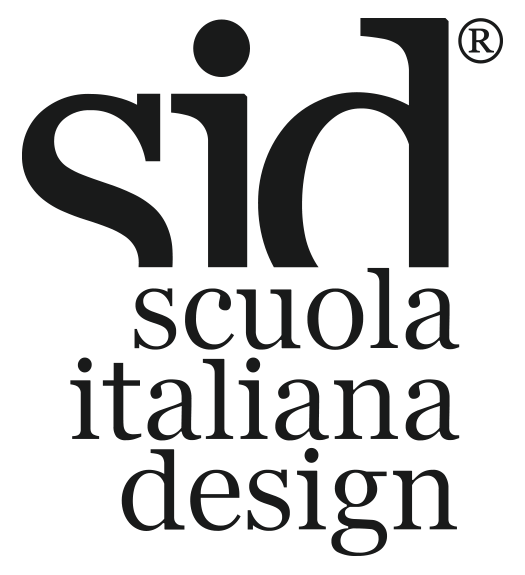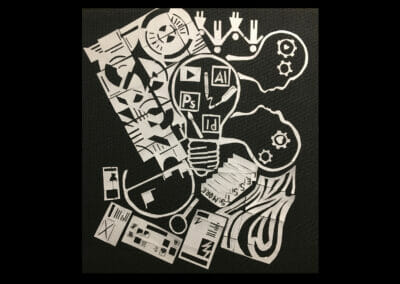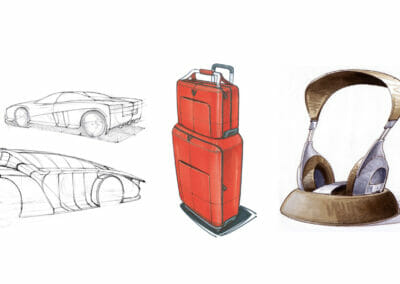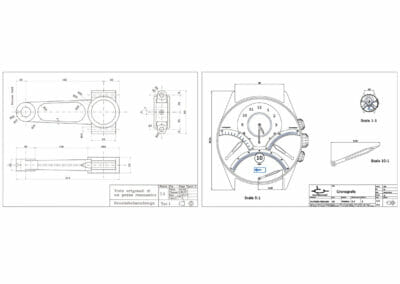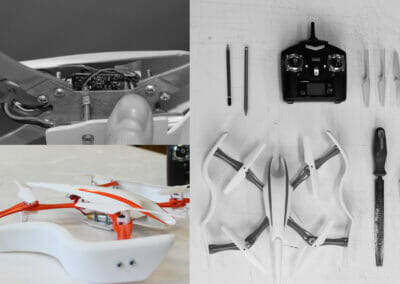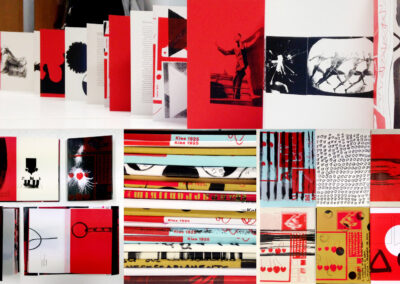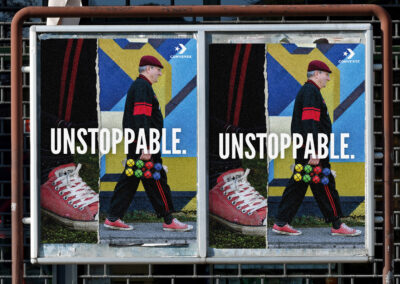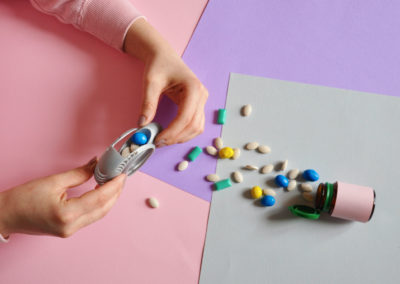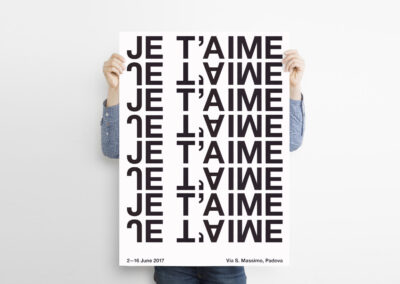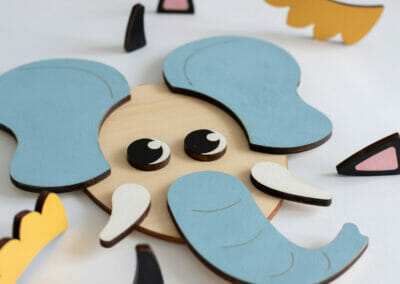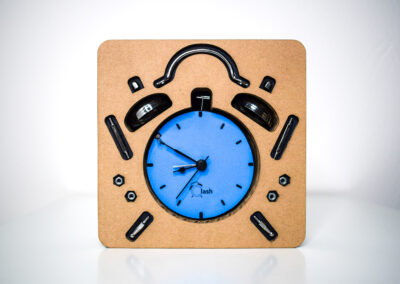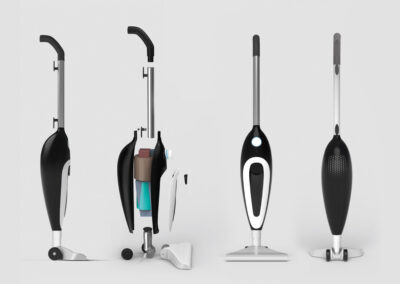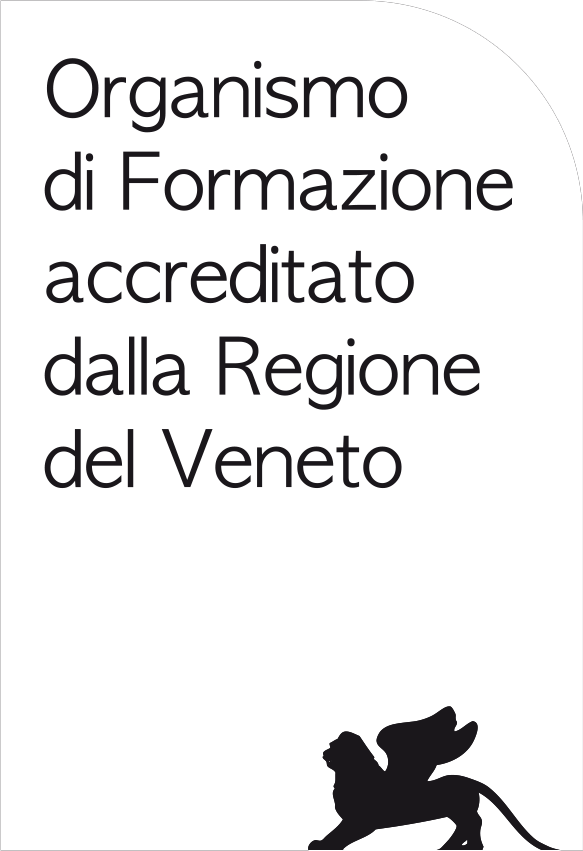I year
Seeds
The first year of the three-year program is called Seeds, and it is entirely dedicated to the fundamentals of the design discipline. It is structured as a training ground for the fundamentals related to the multidisciplinary approach that distinguishes SID’s academic program.
The purpose of the first year is to form the student’s design methodology while they learn how to use the primary expressive analog tools. The first year, in short, offers everything needed to visualize the principle of an idea and the methods of defining a concept.
First-year courses include Sketching, Operational Technical Drawing, Tinkering, Soft Modeling, Photography and Basic Design workshops while students gradually become familiar with brainstorming techniques, research models, market analysis, art history fundamentals, anthropology and social studies.
II year
Tools
The second year aims to empower each student to move from concept to design. While the first year teaches how to visualize an idea, the second year offers everything needed to bring it to fruition, exponentially deepening the concept of design strategy.
In the second year, students take concepts and make them tangible by mastering digital design tools: 3D Modeling, Rendering, Image Processing, Digital Painting, UI/UX and Videomaking with the ultimate goal of being able to model and shape an idea after generating it.
During the second year, students are also exposed to partners in the Galileo Visionary District network with the introduction of courses taught in collaboration with R&D Design, R&D MaTech and Start Cube. In these contexts, they have the opportunity to design with start-ups or with the support of materials engineers and researchers from those departments.
III year
Design Thinking
If the first two years are a training ground for method and tools, the third is the big leagues. Students come into contact with the world of work in an all-encompassing, fully immersive dynamic. n the third year, the class becomes a design agency, the faculty art directors, and the students junior designers, all engaged in solving briefs assigned by a selection from among the more than 350 SID partner companies involved in creating what we call Masters Projects.
Masters Projects are briefs that start from the needs of SID Partner Companies that actively participate in the third-year academic program.
There are 6 Masters Projects each year, 2 for each term (Fall, Winter, Spring). They are immersive design experiences where students are asked to develop a real project. It is a testing ground that allows them to follow the evolution of an idea from the brief to delivery by working directly with companies in the national and international territory, perfecting their technical and professional skills.
Each Masters Project involves the presence of (at least) one partner company and two tutors: the former, who acts as project manager, is a designer from the product or visual design area, while the latter has the role of design assistant and is selected from the areas of human science, management, and multimedia with the aim of infusing the project with a multidisciplinary vision. The two tutors will guide students through working meetings with companies and the implementation of the project by assisting them in perfecting their public speaking, teamworking, and teambuilding skills.
The third year also includes project modules dedicated to the development of each student’s personal portfolio and the compilation of a final thesis of an analytical or design nature, while at the conclusion of the course a series of final tests are held to assess the skills acquired during the three-year course through a session of written, technical-practical and oral tests.
Output
No Results Found
The page you requested could not be found. Try refining your search, or use the navigation above to locate the post.
Admissions
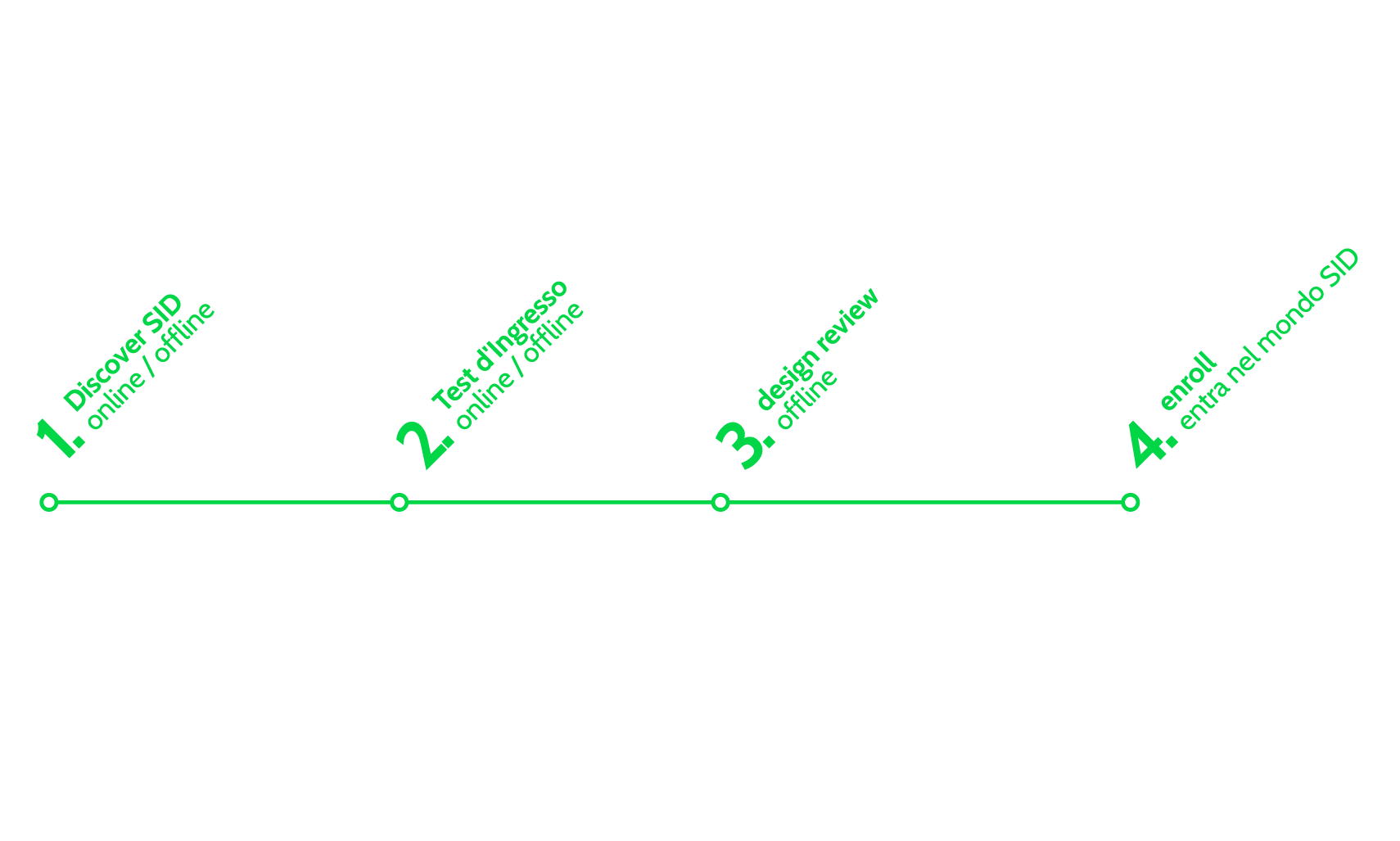
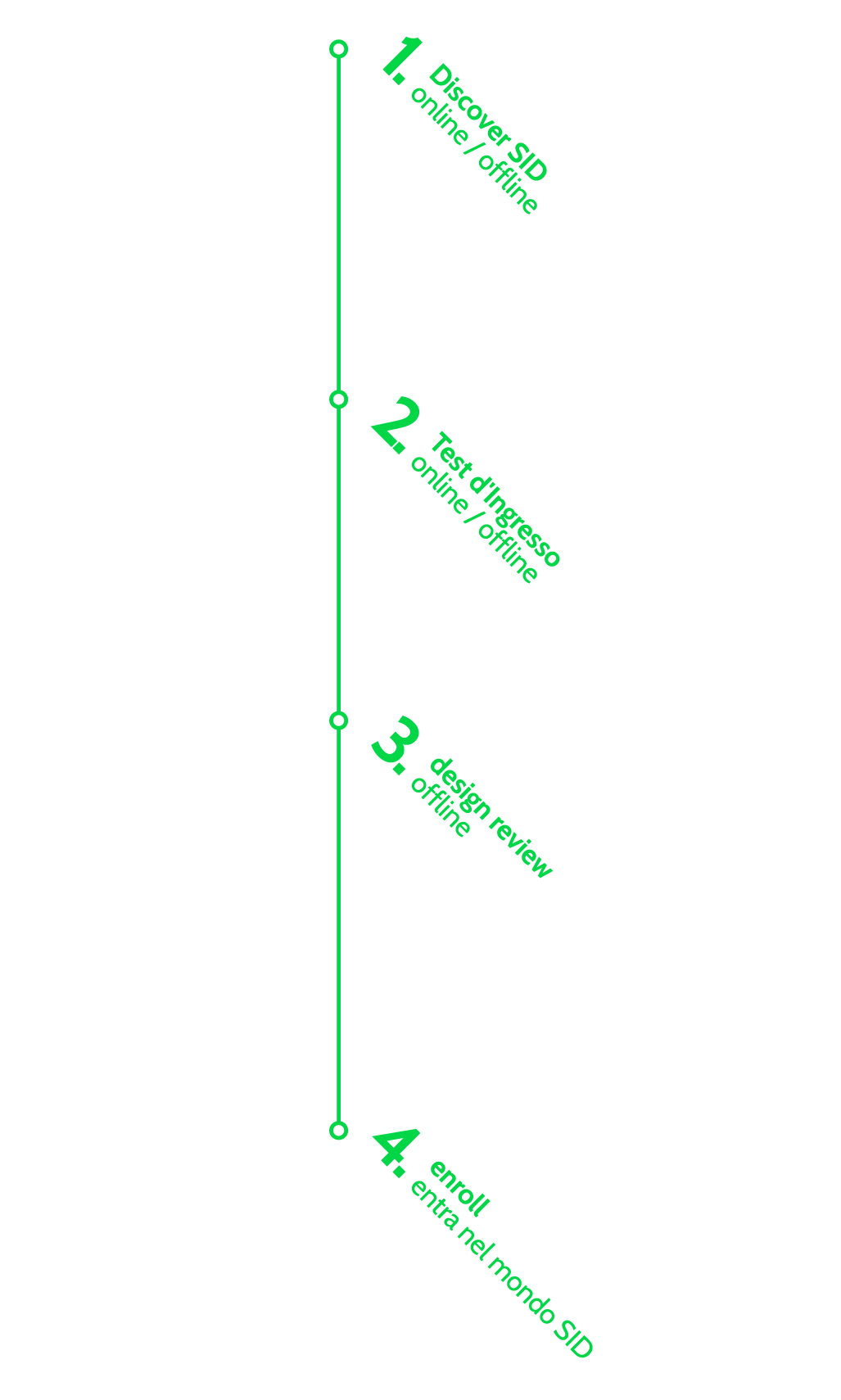
Course in Product and Communication Design
“Today there are no more specializations, and being and doing design is a fluid activity, constantly changing and always interconnected.”
Ettore Sottsass
The new SID curriculum is designed to empower the student to develop thinking that is capable of expanding.
